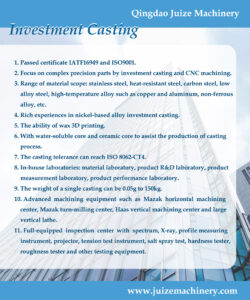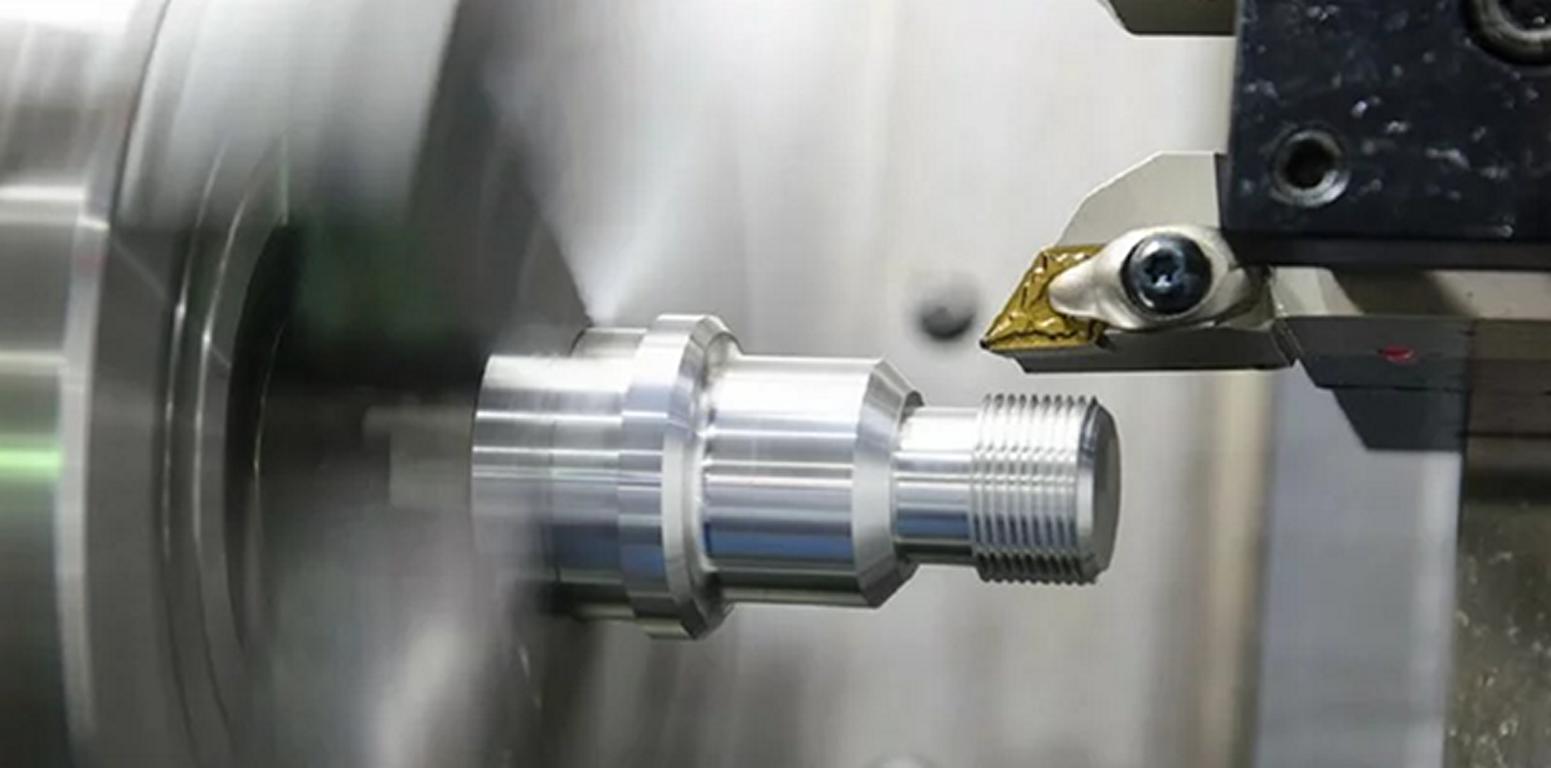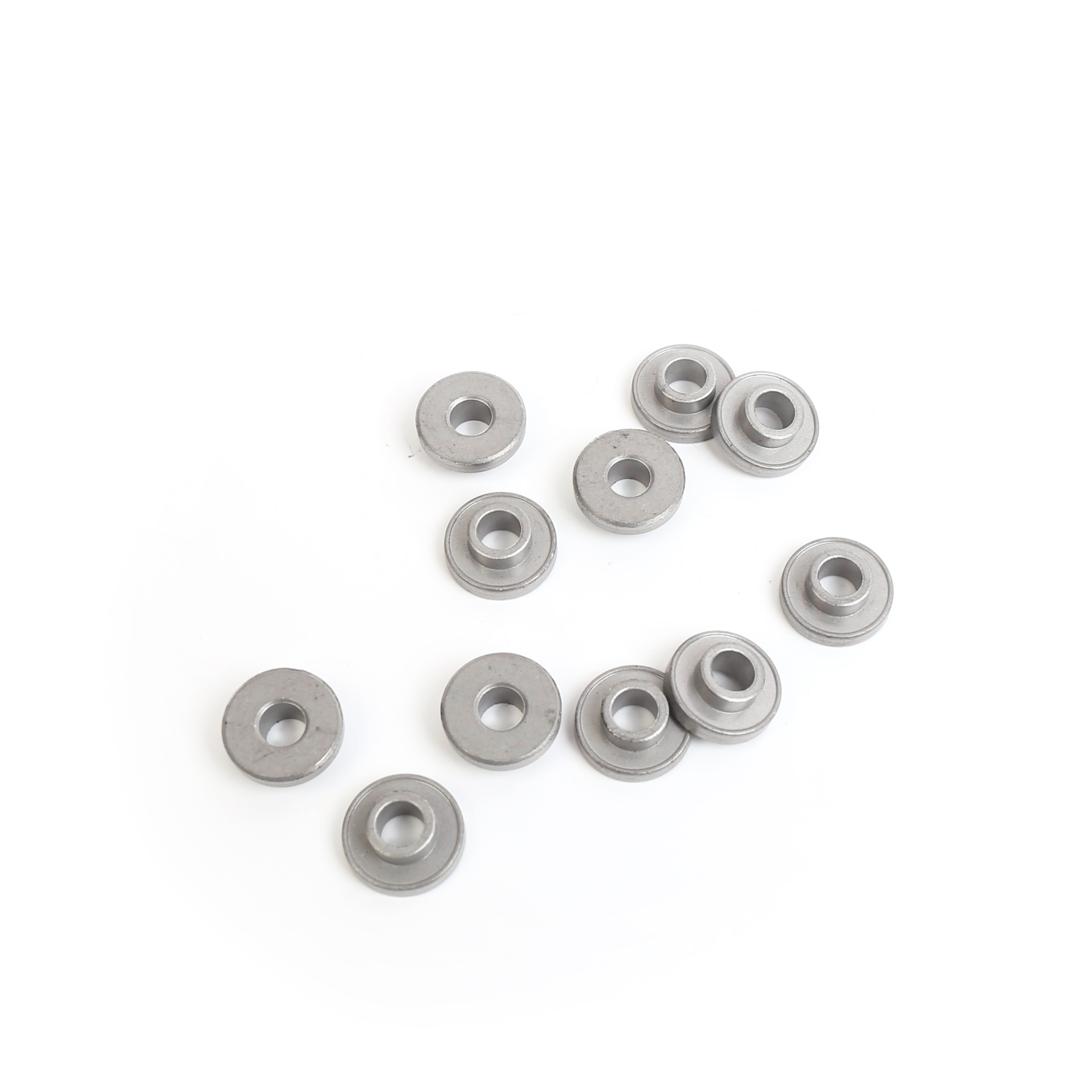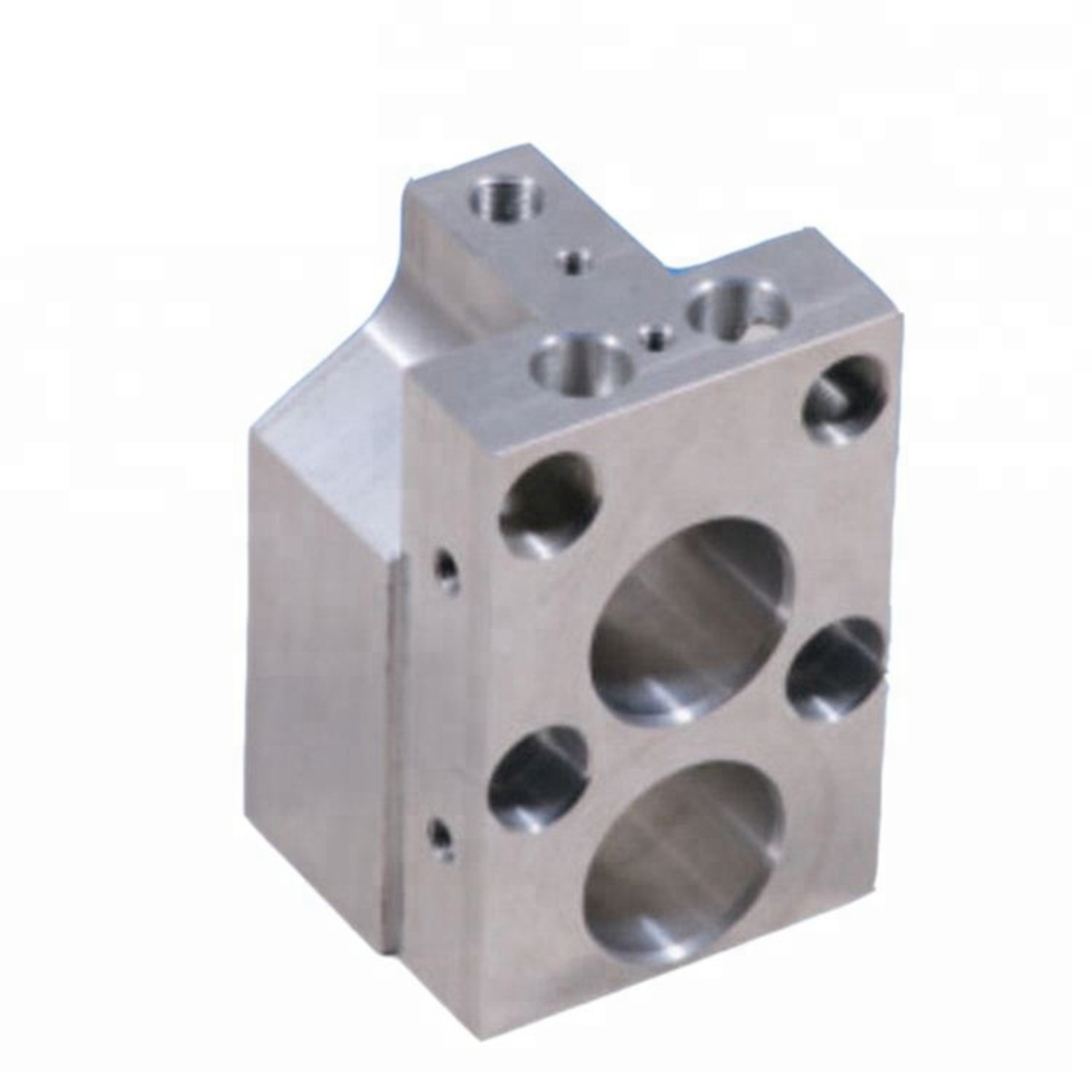
Achieving the optimal balance between dimensional tolerances and cost efficiency is a critical challenge in engineering and manufacturing. Here’s a structured approach to address this balance effectively:
1. Understand Functional Requirements
Define Critical Features: Identify which dimensions or geometric characteristics (e.g., fits, clearances, mating surfaces) are critical to the component’s performance. Apply tighter tolerances only to these features.
Avoid Over-Tolerancing: Unnecessarily tight tolerances drive up costs due to precision machining, specialized tools, or increased scrap rates. Use GD&T (Geometric Dimensioning and Tolerancing) to specify requirements clearly and avoid ambiguity.
2. Leverage Statistical Tolerance Analysis
Worst-Case vs. Statistical Analysis:
Worst-Case Tolerance Stackup: Ensures 100% assemblability but often leads to overly strict tolerances.
Statistical Methods (e.g., Root Sum Square, Monte Carlo Simulation): Account for natural process variation, allowing looser tolerances while maintaining acceptable quality levels (e.g., Six Sigma).
Design for Six Sigma (DFSS): Use probabilistic approaches to predict defect rates and optimize tolerance allocation.
3. Align Tolerances with Manufacturing Capabilities
Process Selection: Match tolerances to the inherent capabilities of manufacturing processes. For example:
Milling/CNC: ±0.05–0.1 mm (typical).
Injection Molding: ±0.1–0.3 mm (material-dependent).
Additive Manufacturing: Varies widely based on technology (e.g., ±0.1–0.5 mm for FDM).
Cost of Precision: Tighter tolerances often require slower machining speeds, advanced tooling, or post-processing (e.g., grinding), which increase costs exponentially.
4. Collaborate with Suppliers
Early Supplier Involvement (ESI): Engage manufacturers during design to align tolerances with their equipment and expertise.
Cost-Tolerance Curves: Request data from suppliers showing how costs change with tolerance ranges. Use this to negotiate feasible limits.
5. Implement Cost-Benefit Analysis
Scrap/Rework Costs: Calculate the financial impact of tighter tolerances on scrap rates and inspection time.
Assembly Trade-offs: Looser tolerances may require selective assembly or shimming, which adds labor costs. Balance this against machining savings.
Lifecycle Costs: Consider long-term reliability—poorly toleranced parts may fail prematurely, increasing warranty claims.
6. Use Adaptive Inspection Strategies
Critical-to-Quality (CTQ) Sampling: Focus inspection resources on critical dimensions rather than 100% verification.
Non-Contact Metrology (e.g., CMM, 3D scanning): Reduce measurement time and costs for complex geometries.
7. Iterative Prototyping and Testing
Prototype Phases: Start with conservative tolerances and refine based on functional testing. Avoid over-specifying before validating real-world performance.
Taguchi Methods: Use design of experiments (DOE) to identify tolerance sensitivities and optimize robustness.
8. Standardize and Simplify
Reuse Tolerancing Schemes: Adopt proven tolerance ranges from similar components to minimize redesign efforts.
Modular Design: Reduce variability by standardizing interfaces and tolerances across product families.
Example Trade-off Scenario
A shaft-hole fit requiring H7/g6 (slip fit) might cost 20% more than an H9/d9 (looser fit) due to precision grinding. However, if the looser fit causes vibration or wear in the application, the lifecycle cost could outweigh initial savings. A statistical analysis might show that 99% of parts with H8/f7 meet functional needs at a 10% lower cost than H7/g6.
Conclusion
Balancing tolerances and costs requires a multidisciplinary approach:
Prioritize critical features.
Leverage statistical methods.
Align with manufacturing realities.
Quantify trade-offs rigorously.
By integrating these principles, engineers can achieve cost-effective designs without compromising quality or functionality.





